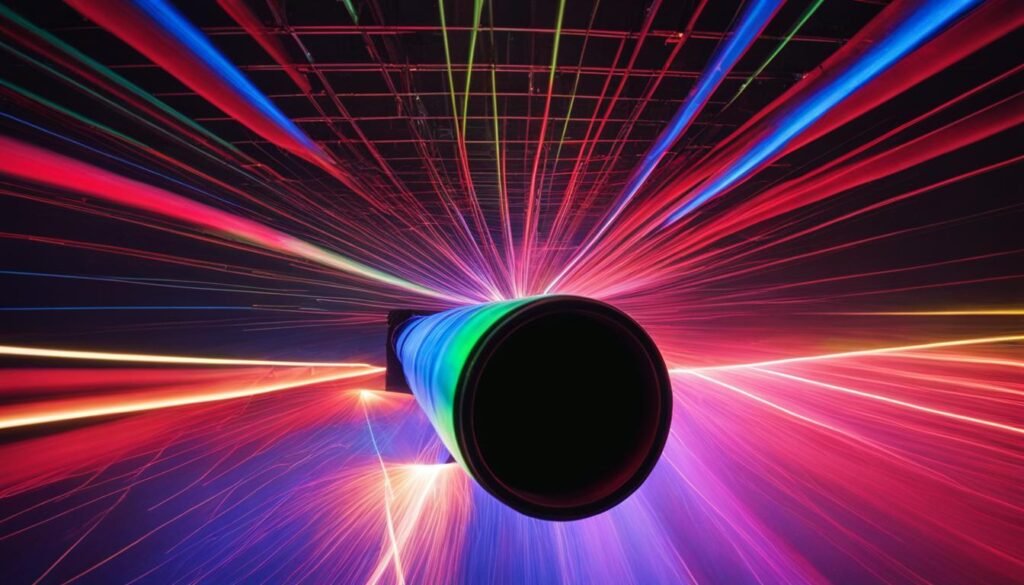Contents
![]()
Source: Vecteezy
Understanding Radiance and Luminance in Photonics
Introduction to Key Terms
In the field of photonics, terms like “brightness,” “radiance,” and “luminance” are frequently used. However, it’s crucial to understand the distinctions between these terms to ensure accurate communication, especially in scientific and engineering contexts.
Defining Radiance
Radiance is a fundamental concept in radiometry, which deals with the measurement of optical radiation. It is defined as the optical power (or radiant flux) per unit area and solid angle. The units of radiance are watts per square centimeter per steradian (W/cm²·sr). This measurement is primarily concerned with the physical properties of light, rather than how it is perceived by the human eye.

Understanding Luminance
Luminance, on the other hand, is a photometric measure that accounts for the spectral response of the human eye. It is defined as the luminous flux per unit area and solid angle, and its units are candelas per square meter (cd/m²). This measure is crucial in applications where human visual perception is important, such as display technology and lighting design.
Misuse of the Term “Brightness”
The term “brightness” is often used inaccurately in place of radiance or luminance. Brightness should generally be reserved for non-quantitative references, such as describing physiological sensations of light. In laser technology, for example, “brightness” is frequently mentioned to compare different lasers, but without quantitative specifications. In most cases, what is actually being referred to is radiance.
Applications in Laser Technology
In laser technology, the concept of radiance is vital. The “brightness” of a laser is often said to be higher when its beam quality is improved, given a fixed output power level. This implies an increase in radiance. High-brightness laser diodes are specifically designed to achieve high radiance, making them essential in various applications like material processing and medical procedures.
Brightness Converters
Brightness converters are devices that receive optical radiation and emit it with higher radiance. This is not feasible with passive optical elements but can be accomplished with optically pumped lasers. These devices are significant in applications requiring enhanced light intensity.
Conclusion
Understanding the differences between radiance, luminance, and brightness is crucial for professionals in photonics and related fields. Accurate usage of these terms ensures precise communication and better application of technologies that rely on light measurement and perception.

Source: YouTube
Feel free to comment your thoughts.


